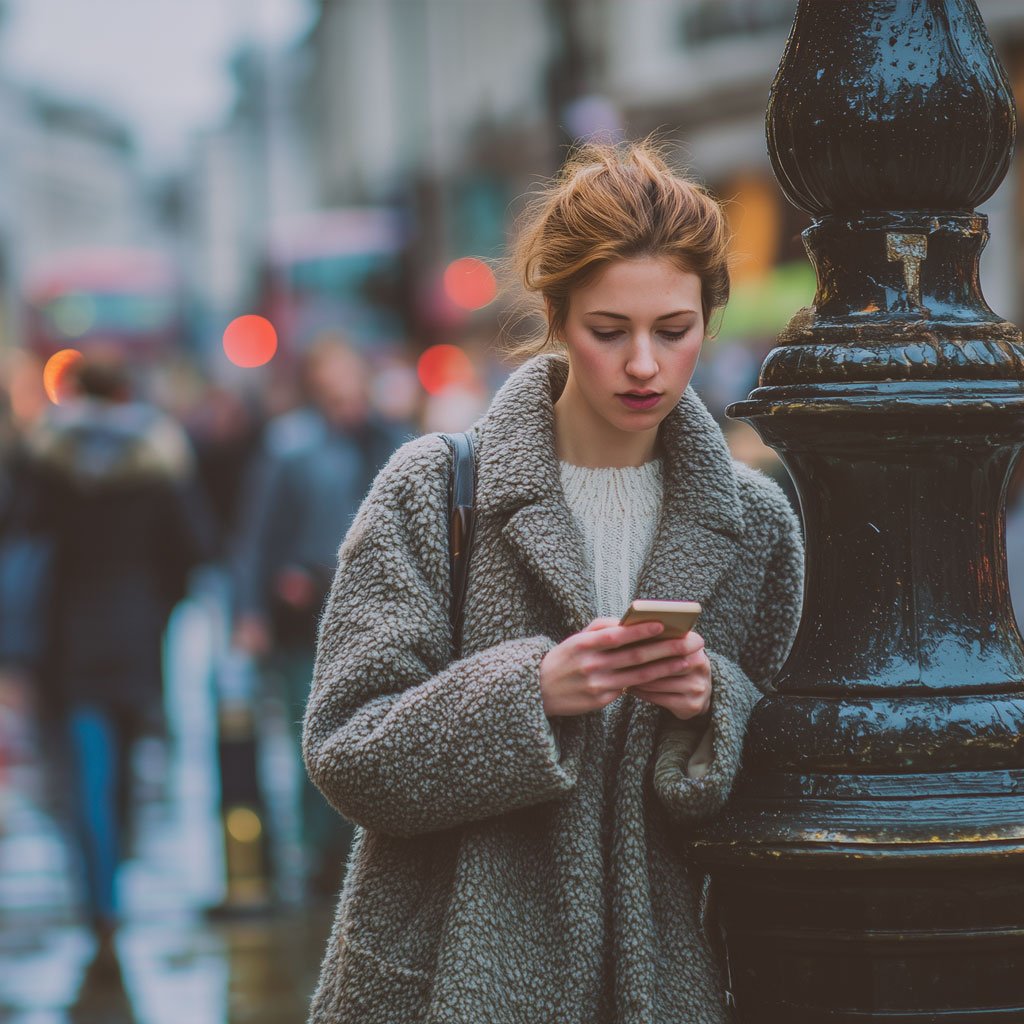As AI-generated imagery becomes more sophisticated, a critical question emerges for brands, marketers, and designers alike: how do humans actually respond to AI-created visuals compared to real photography?
And more importantly: does it impact trust, perception, and brand value?
Let’s dive into what current studies and surveys reveal — and what it means for brands today.
How Humans React to AI-Generated Imagery vs Real Photography
Recent research, including studies from Frontiers in Psychology (2023) and Stanford HAI, consistently shows that real photography tends to evoke stronger emotional engagement.
-
Real photographs are associated with feelings of warmth, authenticity, and trust.
-
AI-generated images, while often eye-catching at first glance, can trigger subtle discomfort — even when viewers can’t pinpoint exactly what’s wrong.
This response ties into the well-documented phenomenon of the uncanny valley: when something looks almost real but not quite, our brains register a low-level sense of unease.
In short:
-
AI imagery may grab attention faster, especially if hyper-stylized.
-
Real photography tends to hold attention longer and build deeper emotional connections.
Can Non-Designers Recognize AI-Generated Content?
Surprisingly, yes — at least to some extent.
A 2023 Pew Research study found:
-
32% of non-designers could accurately identify AI-generated images without hints.
-
Given side-by-side comparisons, over 60% noticed “something feels off” — even if they couldn’t explain exactly what.
Common giveaways people notice:
-
Awkward hand, teeth, or eye details
-
Odd or inconsistent lighting
-
Over-smooth or plastic-like skin textures
-
Reflections or shadows that don’t behave naturally
-
An overall “over-perfect” or sterile feel
Even when the AI errors are small, they accumulate into a broader sense of inauthenticity that audiences intuitively pick up.
Does Using AI Imagery Cheapen a Brand Image?
The short answer: often, yes — if your audience detects it.
According to findings from Ipsos and McKinsey (2023):
-
Brands that lean heavily on AI imagery without transparency can erode audience trust and credibility.
-
In industries where authenticity is critical — like luxury goods, healthcare, or nonprofits — real photography consistently outperforms AI-created visuals in building brand loyalty.
-
Younger audiences (especially Gen Z) are more tolerant of AI-generated visuals, but even they value transparency and authenticity highly.
In essence:
-
If AI imagery is used stylistically and intentionally (such as dreamlike concepts, futuristic branding, or background textures), it can enhance a brand.
-
If AI is used as a shortcut where real human connection is expected, it can undermine brand value.
Real-World Examples: Brands Getting It Right (and Wrong)
-
Apple, Gucci, and Patagonia continue to invest heavily in real, documentary-style photography, reinforcing trust and emotional engagement with audiences.
-
Mid-tier brands sometimes blend AI and real imagery — for example, using AI for background enhancements while keeping real humans at the center of campaigns.
-
Brands that rely too visibly on AI imagery without clear artistic direction often come across as cheap, inauthentic, or disconnected from their audiences.
Key Takeaways for Brands
| Question | Answer |
|---|---|
| Do people respond better to real or AI images? | Real images build deeper emotional trust and engagement. |
| Can non-designers recognize AI imagery? | Often yes — even if they can’t verbalize why. |
| Does using AI cheapen a brand? | It can, especially when authenticity is expected but feels missing. |
Bottom line:
AI-generated visuals can be powerful tools — when used thoughtfully and transparently. But when emotional connection, authenticity, or trust are critical, real photography still reigns supreme.
Want examples of brands successfully integrating AI without losing authenticity? Stay tuned — we’ll be covering that in an upcoming post.





